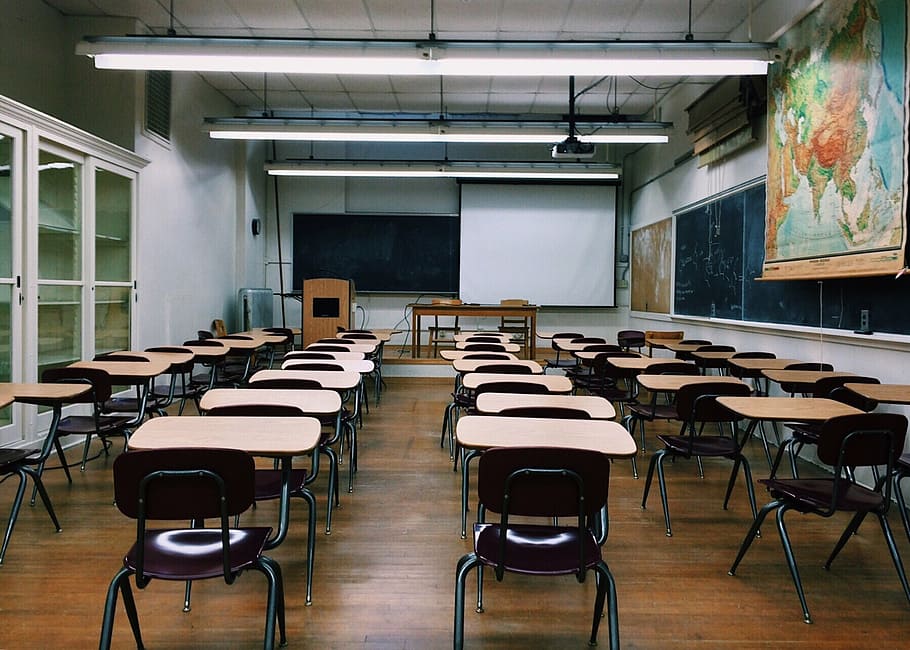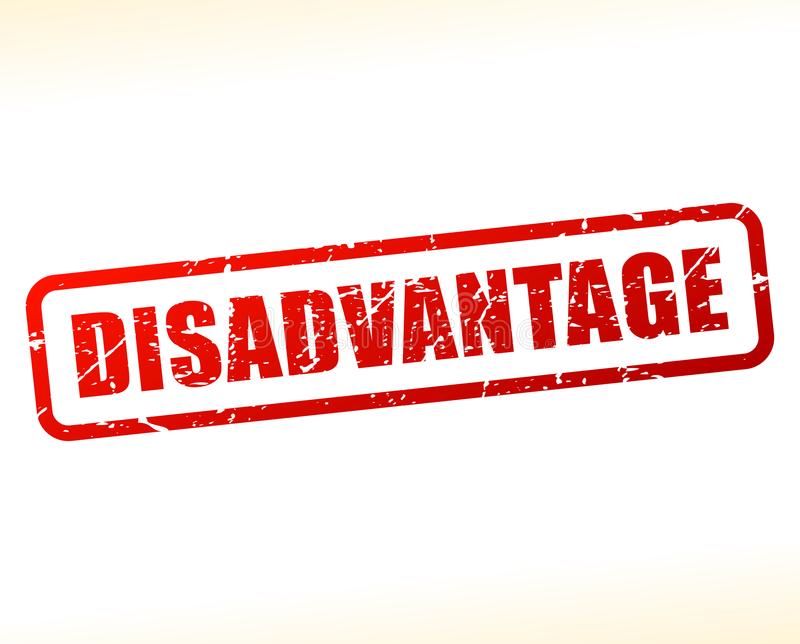
As technology advances, educational institutions incorporate various gadgets into their teaching methodologies. Projectors are one such tool that has become a staple in most classrooms. Projectors allow educators to display visual aids such as presentations, images, and videos, making learning more engaging and interactive. However, despite their many advantages, projectors have their fair share of disadvantages. In this article, we will discuss some of the disadvantages of projectors in the classroom.

Table of Contents
- Introduction
- Cost
- Maintenance
- Technical Issues
- Ambient Light
- Incompatibility with Older Technology
- Limited Mobility
- Distractions
- Eye Strain
- Power Consumption
- Sound Quality
- Security Concerns
- Bulky and Heavy
- High Glare
- Conclusion
- FAQs
1. Introduction
Projectors have become a popular choice for classrooms due to their visual capabilities, but they also have many disadvantages. In this article, we will explore the disadvantages of projectors and how they can impact the classroom environment.
2. Cost
One of the main disadvantages of projectors is their cost. Projectors are not cheap, and the cost of a quality projector can be a significant expense for educational institutions. The cost of a projector also includes additional expenses, such as mounting brackets, cables, and installation fees. Moreover, projectors have a limited lifespan, and their bulbs require frequent replacement, which adds to their overall cost.
3. Maintenance
Projectors require regular maintenance to keep them in working order. Dust accumulation can cause image quality issues and affect the projector’s performance. Regular cleaning of the projector’s air filter is essential, and the bulb needs to be replaced regularly. Neglecting maintenance can cause the projector to malfunction and shorten its lifespan.
4. Technical Issues
Projectors are sensitive to technical issues that can cause the device to malfunction. Connectivity issues between the projector and the device used to display the content can arise. The projector’s input ports can become damaged, rendering the device useless. These technical issues can interrupt the learning process and cause frustration for educators and students.
5. Ambient Light
Ambient light can significantly impact the quality of the projected image. The projector’s brightness is affected by the ambient light in the classroom, making it difficult to see the content clearly. To overcome this, classroom lighting must be adjusted to a specific level, and this can be inconvenient.
6. Incompatibility with Older Technology
Projectors are compatible with the latest devices, but older technology may not be compatible. The projector’s input ports may not be compatible with the older device, or the resolution may not be suitable for the projector. This limitation can be a problem in institutions that have older technology.
7. Limited Mobility
Projectors are not portable, and they require a fixed location to operate. This limitation can be inconvenient for teachers who need to move around the classroom while teaching. Portable projectors are available, but they come at an additional cost and may not have the same image quality as a stationary projector.
8. Distractions
Projectors can also be a source of distraction in the classroom. Students can become distracted by the images on the screen and lose focus on the lesson being taught. Projectors can also be a source of noise pollution, as the projector’s cooling fan can be loud and disruptive.
9. Eye Strain
Projectors can cause eye strain, especially for students who are sensitive to light. The brightness and contrast of the projector can cause discomfort and fatigue, leading to headaches and eye strain.
10. Power Consumption
Projectors consume a significant amount of electricity to operate. The constant use of projectors in the classroom can lead to a substantial increase in the school’s electricity bill. Additionally, projectors require a cooling fan to keep the device from overheating, further increasing the device’s power consumption.
11. Sound Quality
While projectors offer visual aids, they often lack quality sound systems. Projectors may have built-in speakers, but they are not of the same quality as a dedicated speaker system. Poor sound quality can cause the audience to miss important parts of the lesson and cause frustration for educators and students.
12. Security Concerns
Projectors can pose security risks if not appropriately secured. The projector’s mounting bracket and cables can be easily tampered with, leading to theft or damage. Additionally, projectors can be a source of distraction, as students can use the projector as a means of accessing unauthorized content.
13. Bulky and Heavy
Projectors can be bulky and heavy, making it difficult to move them around the classroom. The device’s weight can also cause strain on the mounting bracket, leading to damage or malfunction. Projectors can also take up a significant amount of desk space, limiting the teacher’s workspace.
14. High Glare
Projectors can produce high levels of glare, making it difficult to see the content on the screen. This glare can cause eye strain and discomfort for students and educators. The glare can be further compounded by the room’s lighting, making it difficult to adjust the projector’s settings to reduce glare.
want to learn more about projectors?

15. Conclusion
Disadvantages of Projectors in the Classroom While projectors have revolutionized the way educators teach, they also have their disadvantages. Projectors can be expensive, require regular maintenance, and can cause technical issues. The ambient light can affect the quality of the image, and the sound system may not be of the same quality as a dedicated speaker system. Projectors can be bulky and heavy, and their high glare can cause eye strain and discomfort. Educators must weigh the advantages and disadvantages of projectors before incorporating them into their teaching methodologies.
FAQs
- Are projectors expensive?
- Yes, projectors can be expensive, and the cost of a quality projector can be a significant expense for educational institutions.
- Can projectors cause eye strain?
- Yes, projectors can cause eye strain, especially for students who are sensitive to light. The brightness and contrast of the projector can cause discomfort and fatigue, leading to headaches and eye strain.this is also a big disadvantage of Projectors in the Classroom
- Can projectors be portable?
- Yes, portable projectors are available, but they come at an additional cost and may not have the same image quality as a stationary projector.
- What can cause technical issues with projectors?
- Connectivity issues between the projector and the device used to display the content can arise, and the projector’s input ports can become damaged.
- Can projectors pose security risks?
- Yes, projectors can pose security risks if not appropriately secured. The projector’s mounting bracket and cables can be easily tampered with, leading to theft or damage and disadvantages of Projectors in the Classroom.
Do you want to explore world? please visit